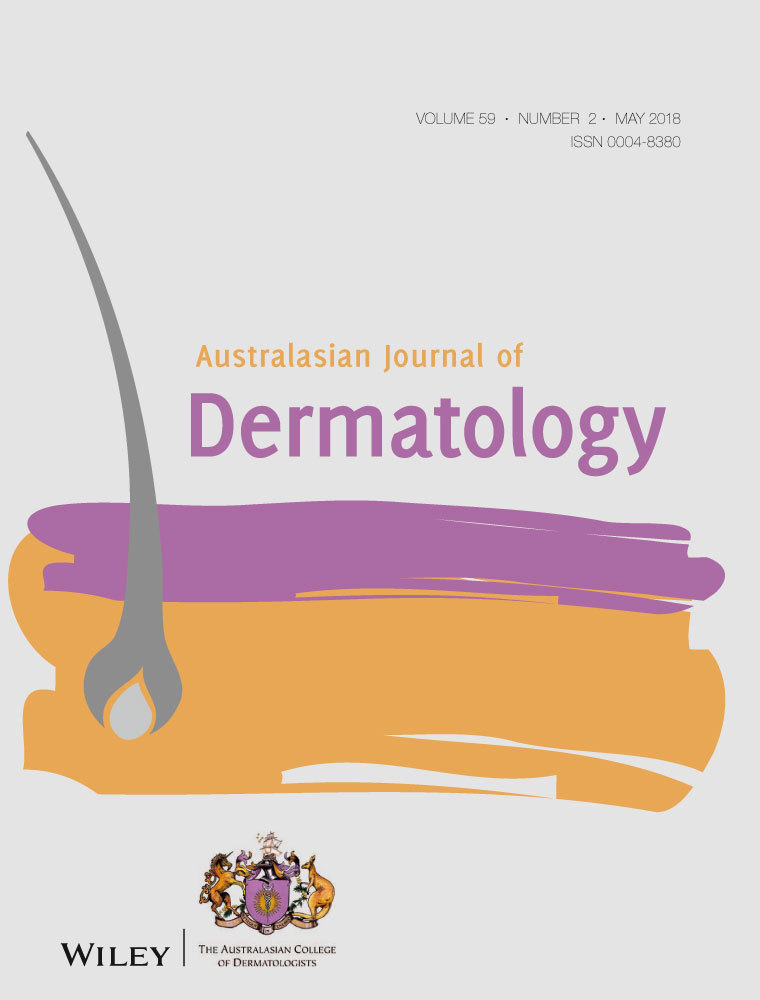Three cases of lymphocytic thrombophilic arteritis presenting with an annular eruption
Abstract
We describe three patients who presented with a striking erythematous non-blanching annular eruption and features of lymphocytic thrombophilic arteritis (LTA), with a prominent lymphocytic vasculitis involving deep dermal vessels. Lymphocytic inflammation was also evident in the superficial vessels and one patient had small superficial ulcers over the ankle area resembling livedoid vasculopathy (LV). Multiple biopsies demonstrated a persistent absence of neutrophils in the infiltrate consistent with a lymphocytic process. In addition to highlighting the annular morphology as a novel presentation of LTA, these cases suggest a possible relationship between LV and LTA and support the notion that they are distinct from neutrophilic vasculitides such as cutaneous polyarteritis nodosa.




